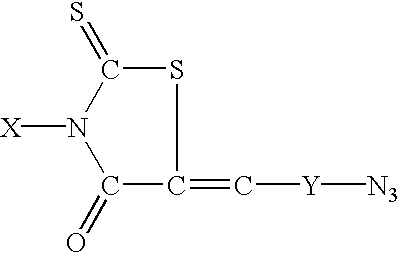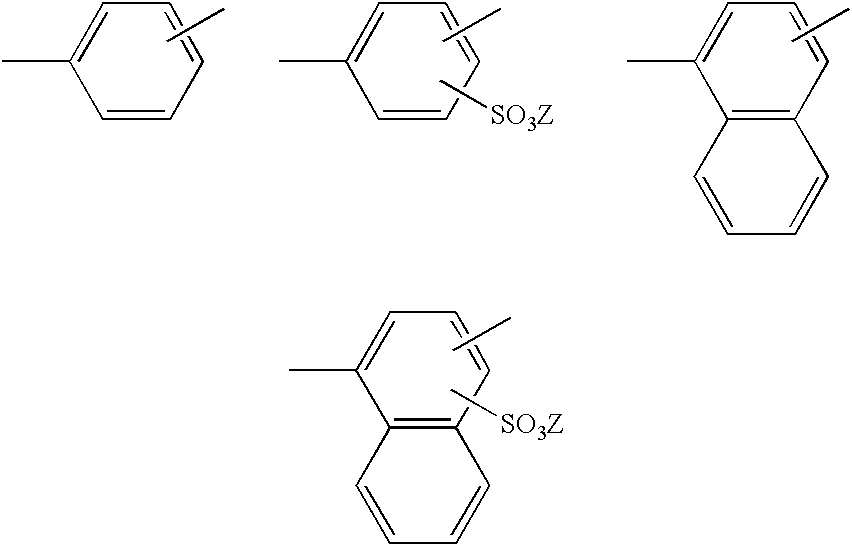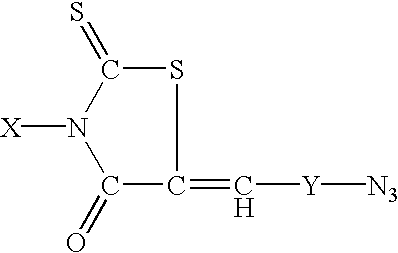Imageable photoresist laminate
a photoresist laminate and photoresist technology, applied in the field of photoresist laminates, can solve the problems of difficult positioning of diazonium compositions, lack of adequate strength and durability of styrylpyridinium compositions for some applications, and insufficient storage stability of diazonium salts, etc., to achieve the effect of improving processability, surface modification, and photoimaging
- Summary
- Abstract
- Description
- Claims
- Application Information
AI Technical Summary
Benefits of technology
Problems solved by technology
Method used
Image
Examples
examples
The following specific examples are used to further illustrate the invention. These examples are merely illustrative of the invention and do not limit its scope. The mixtures were made by weighing each of the ingredients into a mixing vat. The ingredients were mixed using an overhead mixing system with a standard propeller. The resulting mixtures exhibited good film-forming and adhesive properties and were photoimageable.
Photosensitive laminates were formed using the compositions of Example 1 and comparative Example 2. Masks were prepared by exposing each laminate to a 20 watt blacklight source using a photopositive tool.
The masks were developed with warm water from a flat spray and then air dried after blotting the masks on a lint-free towel. The material from Example 1 dried 50 percent faster than the material from comparative Example 2 under conditions of 70.degree. to 80.degree. F. and a relative humidity of approximately 15 to 25 percent.
Adhesion to Carrier Sheet
After bot...
PUM
| Property | Measurement | Unit |
|---|---|---|
| thickness | aaaaa | aaaaa |
| thick | aaaaa | aaaaa |
| thick | aaaaa | aaaaa |
Abstract
Description
Claims
Application Information
 Login to View More
Login to View More - R&D
- Intellectual Property
- Life Sciences
- Materials
- Tech Scout
- Unparalleled Data Quality
- Higher Quality Content
- 60% Fewer Hallucinations
Browse by: Latest US Patents, China's latest patents, Technical Efficacy Thesaurus, Application Domain, Technology Topic, Popular Technical Reports.
© 2025 PatSnap. All rights reserved.Legal|Privacy policy|Modern Slavery Act Transparency Statement|Sitemap|About US| Contact US: help@patsnap.com



